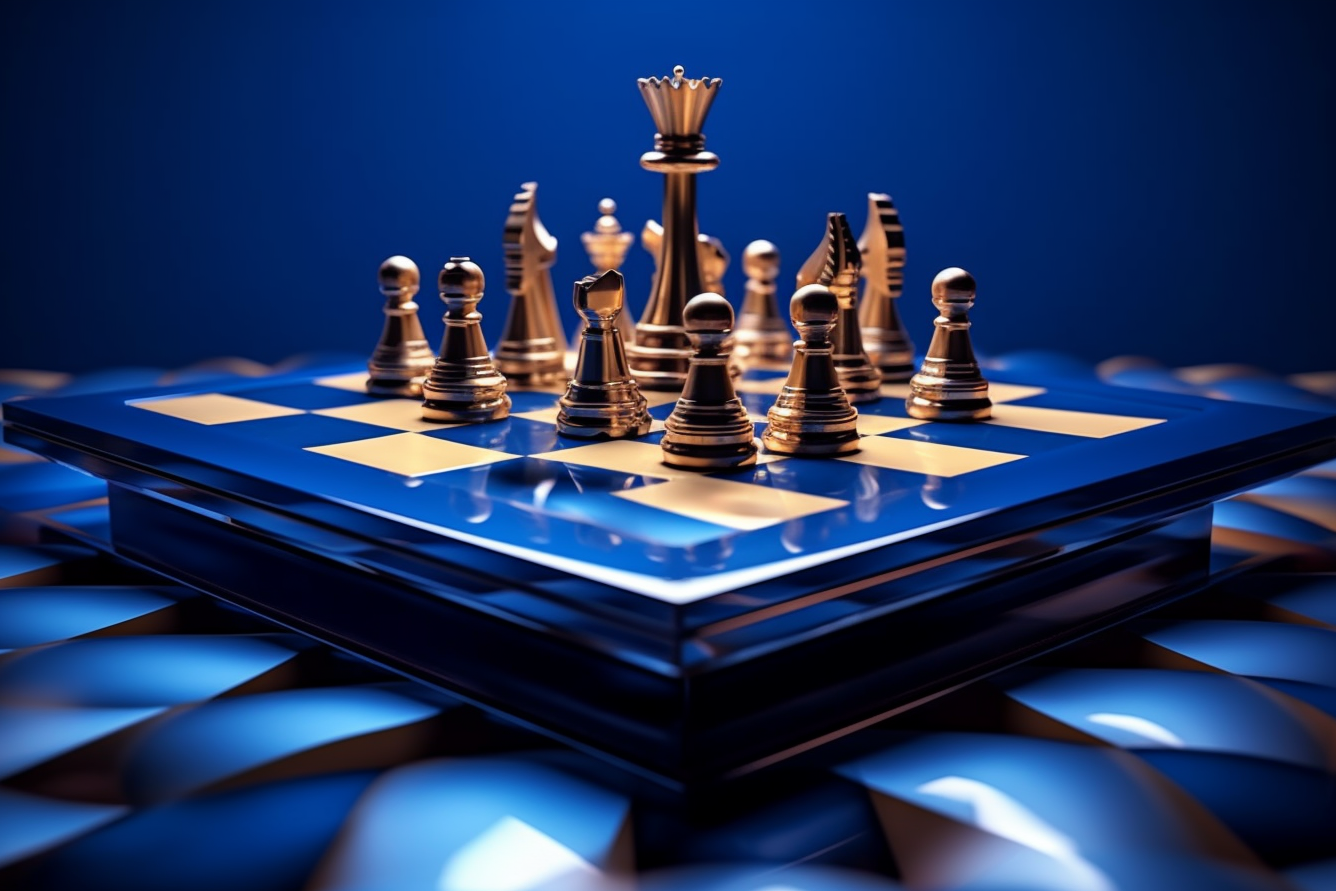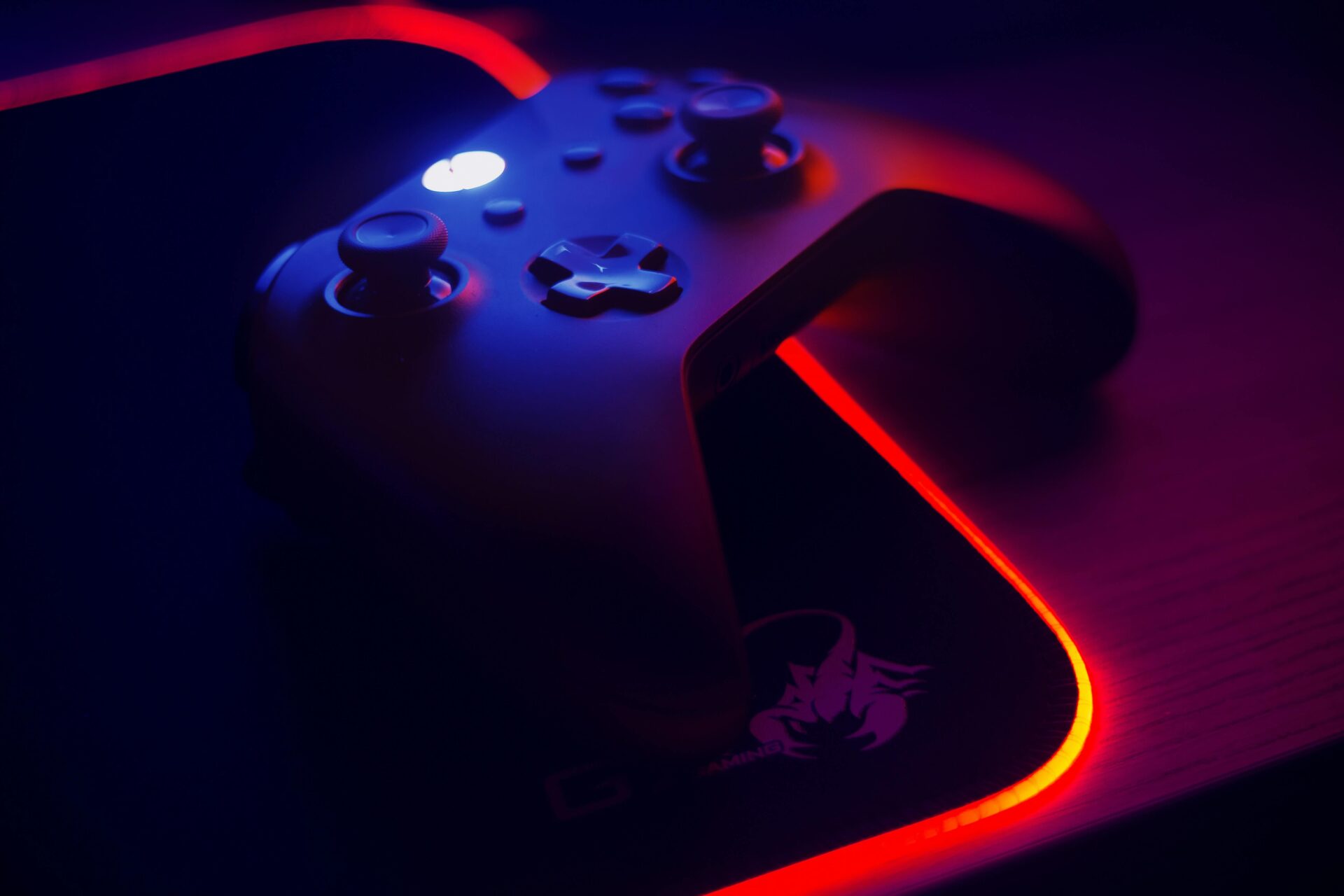
The Innovative History and Future of Chess AI
May 1, 2023 - Ellie Gabel
Revolutionized is reader-supported. When you buy through links on our site, we may earn an affiliate commission. Learn more here.
Chess AI engines are a staple of the gaming world today, but they have a long history going back to the 1950s. Stories about chess algorithms defeating world-famous players have made headlines over recent decades. Not that long ago, though, chess AI could barely beat a beginner.
Developers have used chess, one of the world’s most popular games, to mark progress in artificial intelligence technology. Where did the history of chess AI begin, and how have these algorithms evolved over the years?
Turing’s Theoretical Chess Program
Chess has long been associated with high human intelligence, so it may not come as a surprise that it is often used to measure computer reasoning. Computers that can play chess at the same level as the smartest humans in the world indicate the progress of advancements in computing technology.
The battle between humans and chess AI goes back to the dawn of modern computers. In 1950, British mathematician and computer scientist Alan Turing wrote the world’s first computer program for chess. At the time, he had no way of testing the program because there were no computers powerful enough to run it.
Instead, Turing manually tested it with a paper version of the program and used the algorithm’s logic to play a chess game himself. Each move took half an hour to calculate. Turing’s algorithm was defeated by his friend Alick Glennie in 29 moves.
Turing’s early chess AI sadly never got the chance to run on a real computer. The original code was lost sometime after Turing’s controversial death in 1954. However, over the years, programmers have attempted to reconstruct the original “Turochamp,” as Turing called it. In 2012, a reconstruction of the algorithm played against grandmaster Garry Kasparov, who defeated it in just 16 moves.
Early Chess AI Video Games
The second half of the 20th century saw a staggering amount of development for chess AI. In 50 years, the technology went from a theoretical program written on paper to a powerful algorithm. Much of the innovation in chess AI technology took place in the world of video games, which exploded in popularity in the late 20th century.
Computer chess games are not AI in the modern sense. These programs were essentially chess calculators, running on preprogrammed directions for playing the game. Nonetheless, advances in computer chip technology in the 1970s and 1980s kickstarted the video game market, where computer chess quickly became a hit.
Chess AI in the 70s
The world’s first commercial microcomputer chess game was Microchess, created around 1978 for the TRS-80, an early home computer. That same year, Microchess 2.0 was also released for two more commercial computers, the Apple II and the Commodore PET. All the early computer chess games were fairly rudimentary in their gameplay. They typically featured six or eight levels that increased in difficulty.
One year later, in 1979, chess AI came to home video game consoles for the first time with Computer Chess for the Atari 2600. This early gaming device was very limited in its graphics and computing power. For example, the AI for the beginner level of the game is programmed to intentionally make mistakes. All the difficulty levels are relatively easy for an average chess player to beat, though.
Chess AI in the 80s
Computer Chess and Microchess may not have been able to challenge any grandmasters, but they did start a longtime love for chess games among consumers. One of the most legendary offerings was released in 1986, about 10 years after the first version of Microchess. It was Chessmaster 2000, originally available on various computers, including DOS, Apple II and the Commodore 64.
Chessmaster 2000 was a turning point for chess AI because it featured different play styles. No other chess game had done this before. It indicated a new ability for computerized chess to mimic the variety and diversity of real games, at least on a basic level. C2000 spawned a series of 27 chess games for dozens of platforms, including the Gameboy Advance, Nintendo DS and Xbox 360.
1997: Kasparov vs. Deep Blue
Throughout the 1970s and ‘80s, chess AI was mainly considered a fun but easy opponent for chess video games. Most people acknowledged that it couldn’t possibly compete with pro chess players. That changed in 1997.
A group of researchers at Carnegie Mellon University began developing a chess AI known as Deep Thought in the late 1980s. To test the computer, they had it play a match against grandmaster Garry Kasparov in 1989. The AI lost, but that was only its first meeting with Kasparov, then considered the greatest chess player in the world.
Over the next decade, Kasparov would have two legendary rematches with the Deep Thought AI. IBM soon took the algorithm’s development and renamed it Deep Blue, a now famous name in the chess community. It faced Kasparov a second time in 1996, where Kasparov won all but one out of six games. While this was a definite defeat for Deep Blue, even winning a single game against Kasparov was groundbreaking.
The competition between AI and human chess players climaxed in 1997 when Kasparov and Deep Blue faced off for a third time. The engineers at IBM improved and optimized the algorithm’s performance after every match. These improvements showed in the 1997 match. Deep Blue narrowly defeated Kasparov, making history and sending shockwaves through the chess world.
Modern Chess AI Engines
In the 2020s, AI is hardly recognizable compared to those rudimentary algorithms used in the 20th century. AI and machine learning have developed exponentially over recent years, exceeding expectations time and again. It is widely accepted that chess AI can often beat even the best players.
Smart, fast chess AI engines are widely available in video games today. The apps playable on a smartphone are dramatically more advanced than even the most powerful chess AI engines of the ‘80s or ‘90s.
Today’s high-performance chess AI engines result from advancements in machine learning and neural networks, as well as more powerful computing technologies. Modern AI can even mimic human creativity, adding a new layer of intelligence beyond pure logic.
Machine learning also allows modern chess AI engines to display unique, adaptive playstyles. Gone are the days of creating a beginner-level AI through preprogrammed mistakes. AI can even replicate the distinct playstyles of real chess players. For instance, the popular app and website Chess.com has a feature where players can face off against AI celebrity players like Danny Rensch, Mr. Beast and Pokimane.
It is widely acknowledged that modern AI can beat even the best human chess players. In fact, many champions refuse to play AI engines. Using AI in competitive chess is seen as a major act of cheating. For better or worse, chess AI has come a long way from Alan Turing’s humble handwritten computer program.
The Future of Chess AI
Maia Chess is one of the latest chess AI models created by researchers from the University of Toronto. They trained Maia to play chess like a human that makes mistakes. Maia is much less intimidating to play against and you have a better chance of winning. It can also predict upcoming mistakes and understand why an opponent is losing the game. Maia was created to serve as a tool for teaching chess by providing feedback and assistance. Maia is an example of how chess AI can be used in the future as a training tool instead of simply beating humans.
The Bond Between AI and Chess
Chess has played a central role in the development of artificial intelligence since the dawn of modern computing. Developers have long viewed chess as a proving ground for AI, but many never believed algorithms could beat humans. Today, chess AI engines can handily defeat world champions, showing humanity’s incredible progress in computing and AI technology.
Revolutionized is reader-supported. When you buy through links on our site, we may earn an affiliate commission. Learn more here.
Author
Ellie Gabel
Ellie Gabel is a science writer specializing in astronomy and environmental science and is the Associate Editor of Revolutionized. Ellie's love of science stems from reading Richard Dawkins books and her favorite science magazines as a child, where she fell in love with the experiments included in each edition.







